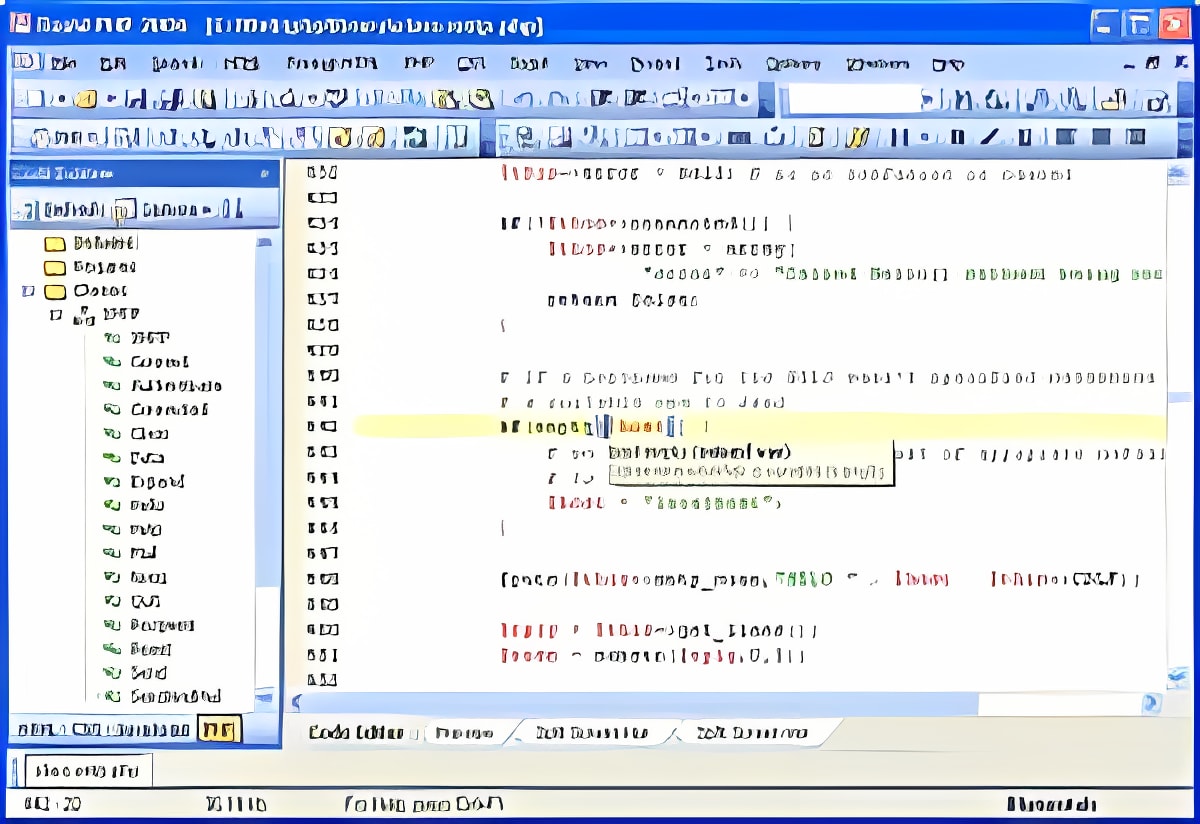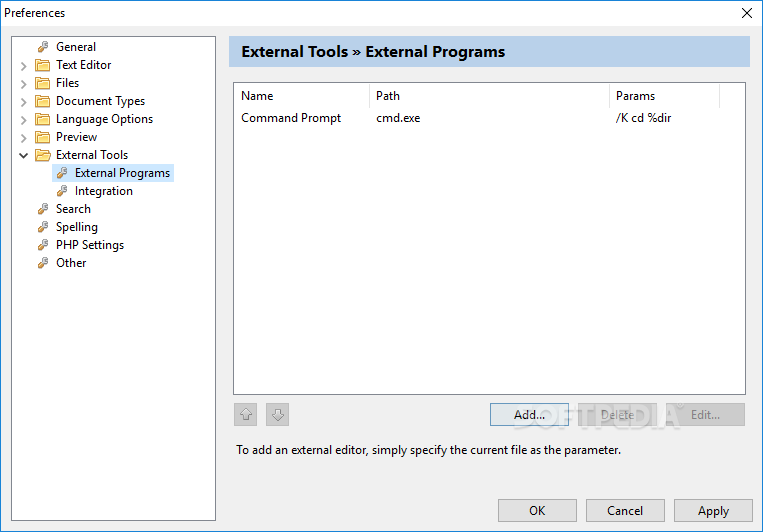

Rapid 2020 is mostly an update release, with minor improvements in most of its major sections. Having recently purchased Rapid 2020 and it being my primary "other" tool already, it was only natural that I would examine it very closely to see if it could take on the role of my primary Web development tool.

This brought into sharp focus my need to decide upon a new set of tools. In that article I explain events that have convinced me that I cannot continue to use Expression Web (EW). In that context, I recently published Expression Web: The Final Denouement. This discussion will focus on the areas that are most important to me.

I have reviewed Blumentals Rapid PHP Editor twice before, first a casual review of the 2016 edition and then a slightly more detailed examination of the 2018 edition.


 0 kommentar(er)
0 kommentar(er)
